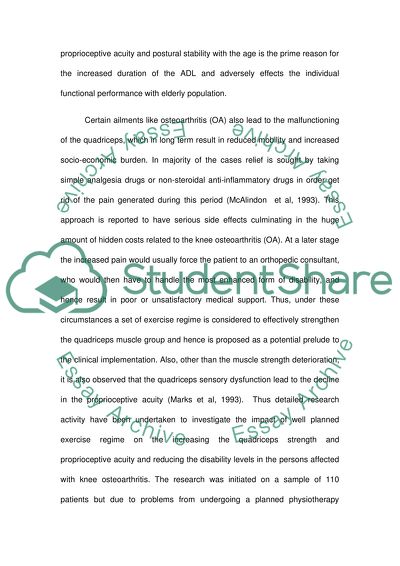Cite this document
(“Uncertainty in the knee impairment assessment Research Paper”, n.d.)
Uncertainty in the knee impairment assessment Research Paper. Retrieved from https://studentshare.org/health-sciences-medicine/1531249-uncertainty-in-the-knee-impairment-assessment
Uncertainty in the knee impairment assessment Research Paper. Retrieved from https://studentshare.org/health-sciences-medicine/1531249-uncertainty-in-the-knee-impairment-assessment
(Uncertainty in the Knee Impairment Assessment Research Paper)
Uncertainty in the Knee Impairment Assessment Research Paper. https://studentshare.org/health-sciences-medicine/1531249-uncertainty-in-the-knee-impairment-assessment.
Uncertainty in the Knee Impairment Assessment Research Paper. https://studentshare.org/health-sciences-medicine/1531249-uncertainty-in-the-knee-impairment-assessment.
“Uncertainty in the Knee Impairment Assessment Research Paper”, n.d. https://studentshare.org/health-sciences-medicine/1531249-uncertainty-in-the-knee-impairment-assessment.


